Businesses today can no longer ignore cybersecurity. Cybersecurity for businesses is the practice of protecting electronic systems, networks, and data from unauthorized access or damage.
According to Cybersecurity Ventures, it is estimated that by 2025, cybercrime will cost roughly $10.5 trillion globally, increasing by 15 percent year over year. With so many sensitive records being exposed and money on the line, it’s important to understand the different threats and attacks, as well as the best cybersecurity practices for businesses.
The Importance of Cybersecurity for Businesses
Businesses today rely heavily on technology to conduct their operations and transact with customers. As a result, a lot of their data is vulnerable to cyberattacks. This puts the business and their customers at risk, which could potentially cost them millions and the trust of their clients.
Businesses have a responsibility to protect their and their clients’ data from cybercriminals, which is why it is important for businesses to understand cybersecurity.
Cybersecurity works by identifying, assessing, and mitigating risks to electronic systems, networks, and data. It protects networks and devices from digital attacks, such as malware, viruses, phishing scams, and more. It also works to detect and prevent these attacks before they can do any damage. This is done through a variety of means including firewalls, intrusion detection/prevention systems, access control lists, encryption, and user education.
There are many different components to cybersecurity, and it is constantly evolving to keep up with the latest threats. Thus, businesses must also stay updated on the latest trends in cybersecurity so they can protect their systems accordingly.
Not having cybersecurity can have serious consequences for businesses. Without proper security measures in place, businesses are at risk for data breaches, malicious software infections, and denial of service attacks. These threats can lead to financial losses, reputational damage, and legal penalties.
The Types of Cybersecurity
Cybersecurity is a complex field that constantly evolves in order to protect your systems from cybercriminals. It is considered a best practice to cover all aspects of cybersecurity. Here are the four main types of cybersecurity you should consider for your business:

Network security
Network security protects a system’s network from unauthorized access or damage. This can be done through firewalls, intrusion detection/prevention systems, and access control lists.
Application security
Application security focuses on protecting the software applications that run on a system from attacks. This can be done through encryption, input validation, and output filtering.
End-user security
End-user security is concerned with protecting the end users of a system from attacks. This can be done through user education and training, as well as by providing them with access control tools.
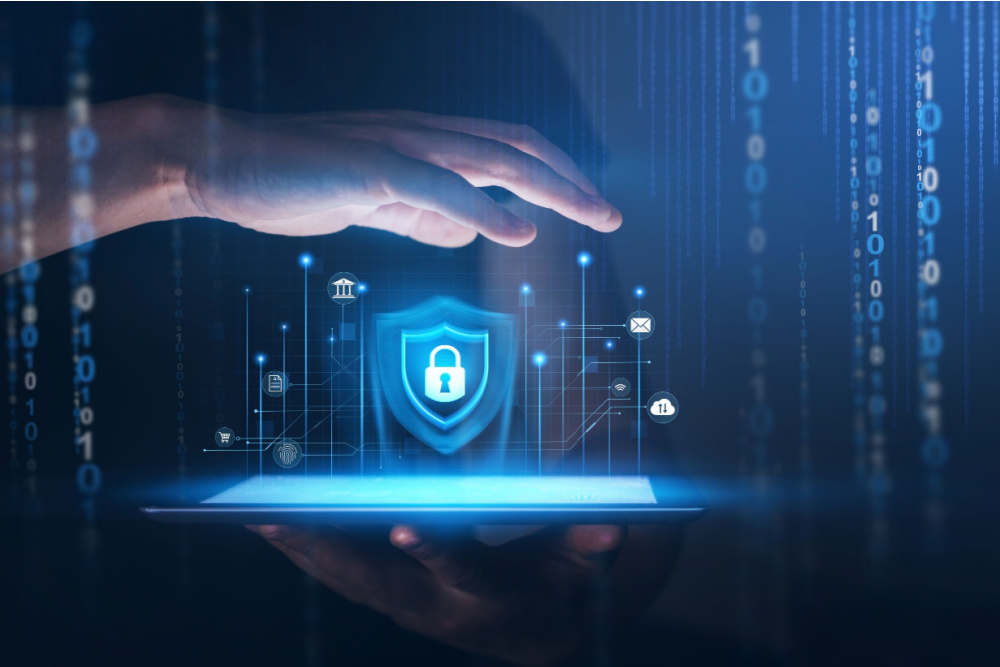
Data security
Data security focuses on protecting the data stored on a system from unauthorized access or damage. This can be done through encryption, data leakage prevention, and data backups.
Types of Cybersecurity Threats
Cyberattackers exploit any and all vulnerabilities they find in a system. Throughout the years, they have developed numerous methods and strategies for infiltrating systems. Cybersecurity risks may come from insider threats, external threads, malicious codes, active attacks, and even passive attacks.
Here are the threats you and your employees should watch out for:
Viruses
Viruses are one of the oldest and most common cybersecurity threats. They are programs that can replicate themselves and spread to other computers. Once a virus infects a computer, it can cause a variety of problems, including slowing down the performance of the machine, corrupting data, and even destroying files.
Malware
Malware is another type of threat that can be just as destructive as viruses. Malware is short for malicious software, and it is designed to harm a computer or steal information. Like viruses, malware can spread quickly and cause a lot of damage.
Examples of malware are Emotet and worms.
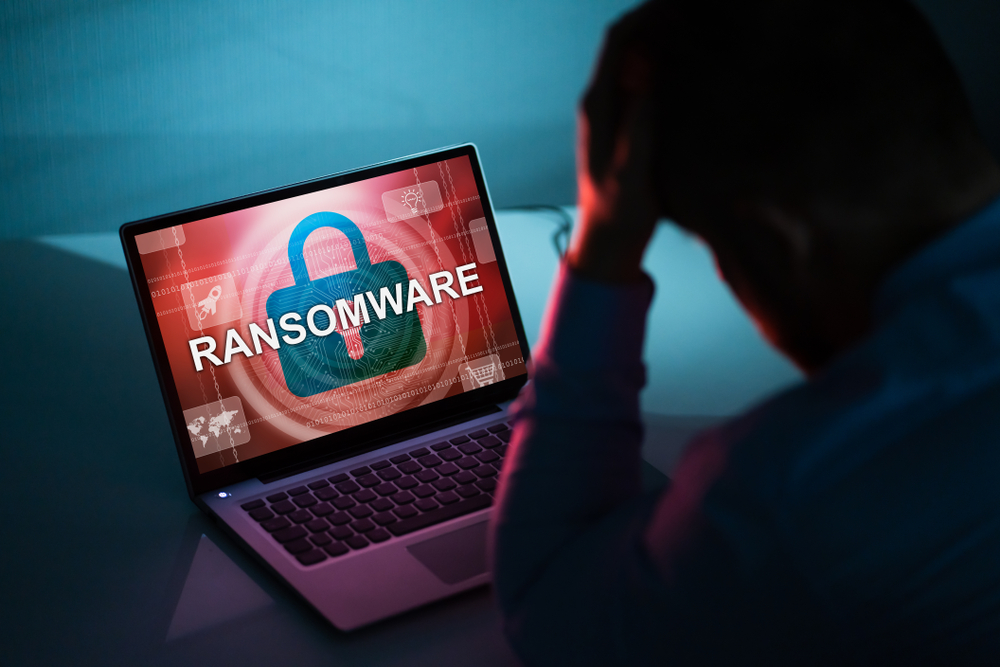
Ransomware
Ransomware is a type of malware that can be used to encrypt files and demand a ransom for the decryption key. This type of attack can be very destructive, as it can prevent businesses from being able to access important data.
Phishing
Phishing attacks are another common type of cybersecurity attack. These attacks try to trick the user into giving away personal information, such as passwords or credit card numbers. They can come in the form of emails, websites, or even pop-up ads.
Denial-of-Service
Denial-of-Service (DoS) attacks are also a type of cybersecurity threat to watch out for. These attacks overload a system with traffic or requests, causing it to crash or become unavailable. This can be very disruptive for businesses, as it can prevent customers from being able to access their website or use their services.
Man-in-the-Middle (MiTM)
MiTM attacks are another type of threat that can be used to steal information or cause damage. In a MiTM attack, the attacker intercepts communications between two parties and can eavesdrop on or even modify the data that is being exchanged.
SQL Injection
SQL injection attacks are a type of threat that targets databases. For these types of cybersecurity attacks, the attacker inserts malicious code into a database to gain access to sensitive information or even take control of the entire system.
Denial-of-service attacks
Denial-of-service attacks are a type of attack that involves flooding a website or server with requests in order to overload it and prevent it from functioning properly.
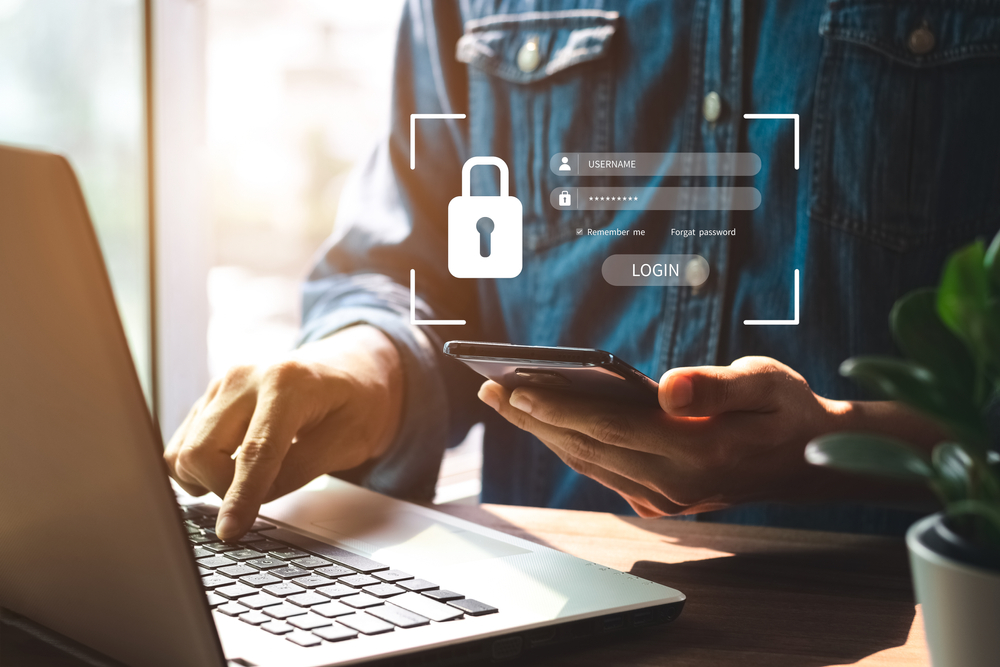
Password attacks
Password attacks are a type of cybersecurity attack that targets weak or easily guessed passwords in order to gain access to accounts or systems.
System Outages
A system outage is a type of incident that occurs when a system, such as a website or email server, is unavailable due to technical problems.
Service disruptions
A service disruption is a type of incident that occurs when a service, such as a website or email service, is disrupted due to technical problems.
Trojan
Trojans are a type of malware that can be used to steal information or cause damage. Trojans are programs that masquerade as legitimate programs but actually contain malicious code. Once a trojan is installed on a computer, it can provide the attacker with access to sensitive information or even allow them to take control of the entire system.
Social Engineering
Social engineering is a type of cybersecurity threat that relies on human interaction to trick people into giving away sensitive information or even allowing the attacker to take control of their computer. Social engineering attacks can come in many different forms, such as phishing emails, pop-up ads, and even fake websites.
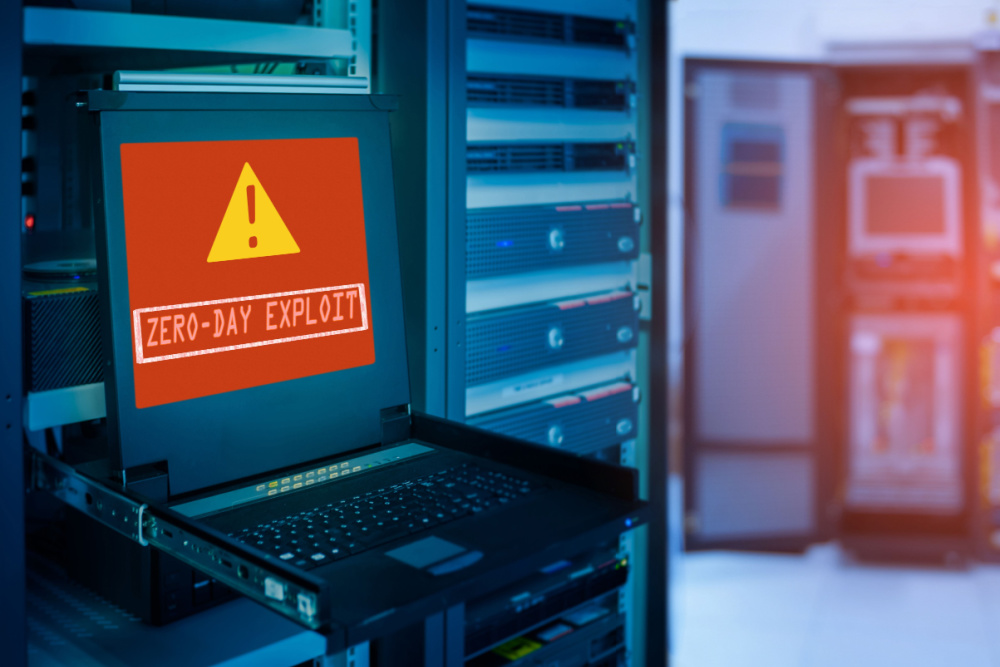
Zero-day Exploits
Zero-day exploits are a type of cybersecurity threat that takes advantage of a vulnerability in the IT infrastructure that has not yet been discovered or patched. These types of attacks can be very dangerous, as they can allow the attacker to gain access to a system or even take control of it before the victim is aware that there is a problem.
10 Cybersecurity Best Practices
Here are 10 things businesses of all sizes can do to strengthen their security against various types of cyberattacks:
1. Implement Strong Password Policies
Businesses today face a multitude of cybersecurity threats, from phishing attacks to ransomware. One of the most important things they can do to protect themselves is to implement strong password policies. So, one cybersecurity best practice for employees to take note of is requiring employees to use complex passwords that are difficult to guess or crack. Passwords should also be changed on a regular basis, to reduce the risk of them being compromised.
2. Use Two-Factor Authentication
Another great way to prevent cyberattacks is to use two-factor authentication (2FA). 2FA adds an extra layer of security by requiring users to provide two pieces of information to log in. This could be something like a password and a one-time code that is generated by an app on their phone. By requiring two forms of authentication, 2FA makes it much harder for hackers to gain access to your system. And since it’s become such a common security measure, many employees are already familiar with how it works.
Implementing 2FA can be a simple and effective way to improve your business’s cybersecurity. It’s quick and easy to set up, and it can go a long way toward protecting your company’s data.
3. Educate Employees on Cybersecurity Threats
Cybersecurity threats are constantly evolving, and it can be difficult for even the most tech-savvy employees to stay ahead of the curve. That’s why education is one of the best cybersecurity practices for employees.
Employees should be taught about common tactics like phishing scams and social engineering attacks. They should also know what to do if their account is ever compromised. By equipping your team with the knowledge they need to stay safe, you can help reduce the risk of a serious cybersecurity breach.
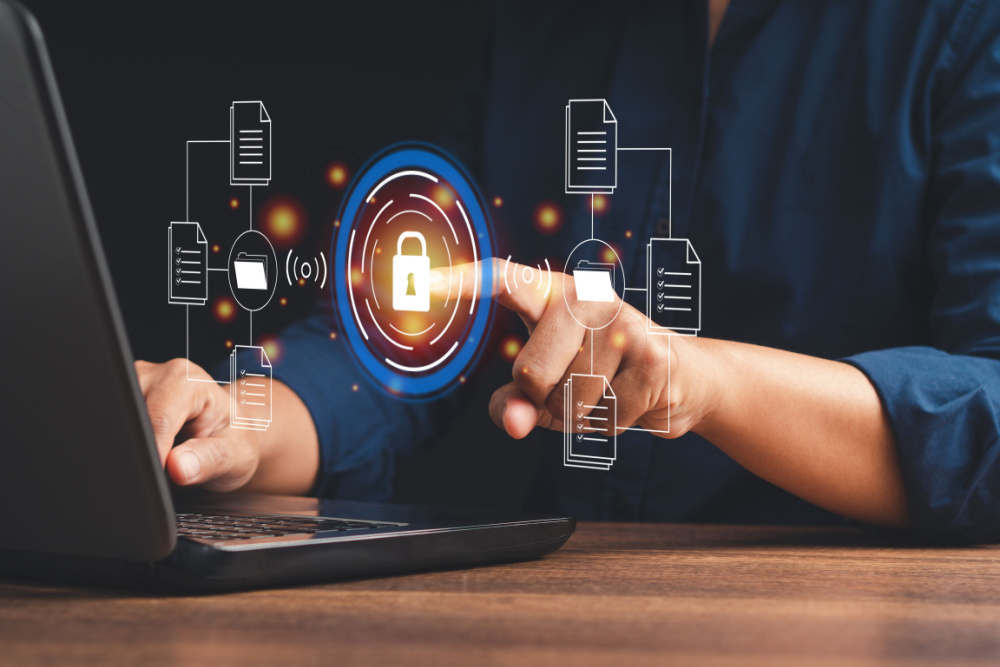
4. Use Encryption
One of the computer security best practices that can protect your data from being accessed by unauthorized individuals is encryption. When data is encrypted, it is transformed into a format that can only be decrypted by someone with the correct key or password. This makes it much more difficult for hackers to access your data even if they can compromise your systems.
Encryption can also help to protect your data in transit. If you are sending sensitive data over the internet, it is important to encrypt the data to prevent it from being intercepted by third parties.
There are a variety of different encryption algorithms that can be used, and the level of security provided by encryption will vary depending on the strength of the algorithm and the length of the key or password used. However, all encryption methods provide some degree of protection, and it is generally recommended to use encryption whenever possible.
5. Install Firewalls
Firewalls play an important role in protecting your network from outside attacks. By acting as a barrier between your network and the internet, firewalls, such as the Fortinet firewall management system can help to block dangerous traffic and prevent unauthorized access to your systems.
There are two main types of firewalls: hardware and software:
- Hardware firewalls are physical devices that are installed between your network and the internet.
- Software firewalls are programs that are installed on your computers and servers. It is important to have both types of firewalls in place to maximize your protection.
Hardware firewalls provide the first line of defense against attacks, while software firewalls can offer more targeted protection. When configured properly, firewalls can be an effective way to secure your network.
6. Keep Your Software Up-To-Date
One of the simplest but still the best computer security practices you can do is to make sure your software is up-to-date. This includes both your operating system as well as any applications you have installed on your devices. By ensuring that you have the latest security patches installed, you can help protect yourself from known vulnerabilities that could be exploited by hackers.
Keeping your software up-to-date can also help improve the performance of your devices and ensure that you have the latest features and security enhancements. While it may seem like a tedious task, taking the time to keep your software up-to-date is an important part of protecting yourself against online threats.

7. Use Secure Wireless Networks
Wireless connectivity has become increasingly commonplace in recent years, as businesses look for ways to promote greater flexibility and collaboration. However, this convenience comes with a potential security risk, as wireless networks are generally less secure than their wired counterparts.
If your business offers wireless connectivity, it is important to use secure networks with encryption enabled. This will help prevent people from gaining unauthorized access to your network and stealing sensitive data. Traffic traveling across the network unencrypted could also be intercepted by attackers, so it is important to encrypt all traffic using a strong encryption algorithm.
8. Use Penetration Testing Tools
Cybersecurity penetration testing tools are essential for identifying vulnerabilities in computer systems. By simulating real-world attacks, penetration testers can assess the effectiveness of a company’s security measures and identify potential weak points. While there are many different types of penetration testing tools available, some of the most popular include password crackers, network discovery tools, and web application scanners.
9. Perform Regular Backups
One of the most important things you can do for your business’s data is to perform regular backups. This ensures that even if your primary system is lost or corrupted from the different types of cybersecurity attacks, you will still have a copy of your data that can be restored.
There are a number of different backup methods available, and which one you use will depend on your specific needs. For example, some businesses may opt for cloud-based backups, while others may prefer to use an on-site storage system. Whichever method you choose, it’s important to ensure that your backups are performed regularly and that they include all of your critical data.
10. Monitor Activity Logs
Monitoring activity logs can help you detect signs of intrusion or malicious activity on your network. These logs contain information about events that have occurred on the system, such as successful and failed login attempts, file and printer access, and more. By monitoring these logs, you can often spot anomalous activity that could indicate an attempt to compromise your system.
Secure Your Business with Kital
Cyberthreats are here to stay, and businesses cannot afford to let their guard down even for a second. It’s important for entrepreneurs to understand the importance of cybersecurity for all business sizes, the different types of cybersecurity they should have, and cybersecurity threats to watch out for. Hopefully, these 10 best practices in cybersecurity can help strengthen your business’s protection from various threats and make it more difficult for attackers to infiltrate your system.
Kital can help you build a strong wall of security for your business with our wide range of cybersecurity products. Get in touch with us today to learn more about our cybersecurity solutions.




